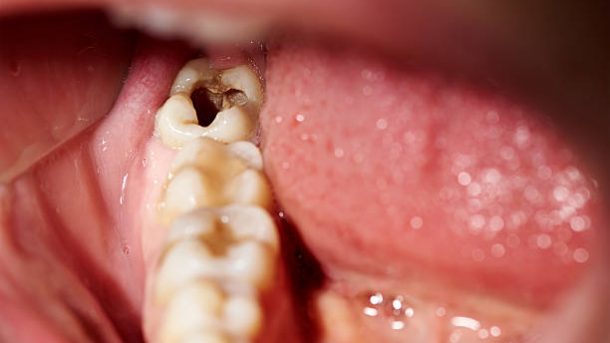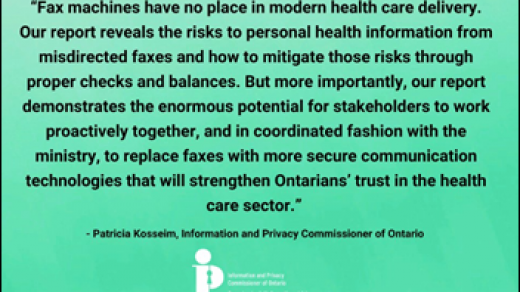As we enter a new year, many of us will no doubt be looking at how we can live a healthier life. For some, this will include a better diet and finding new ways to beat cravings for the foods we love the most… which often contain a little too much sugar.
Sugar might be more affordable and accessible than ever before, but sadly, it’s just as bad for our health and the health of our mouth. Too much sugar too often causes tooth decay, a disease which is so common but almost totally preventable.
To give you a little more motivation to kick the sugar in 2021, here is a list of facts and tips about tooth decay.
Ten facts about tooth decay
- Dental decay is caused by the things we eat and drink. Consumables such as chocolate, sweets, fizzy drinks and fruit juices all generate plaque acids that gradually dissolve away the enamel and dentine of the tooth.
- If plaque is allowed to build up, acid can begin to break down the surface of your tooth. This can cause holes known as cavities, as well as gum disease, and in severe cases abscesses and tooth loss.
- Added and hidden sugars are commonly found in processed food and fruit, and are a threat to our teeth. The more sugar you consume, the likelier the chances of obtaining dental decay.
- In the early stages of dental decay there are no symptoms, but your dental team can spot cavities in the early stages when they examine or x-ray your teeth.
- The biting surfaces of the teeth and the surfaces between the teeth are most likely to decay. This is because food and plaque can become stuck in these areas. Any part of the tooth can be at risk.
- Having frequent sugary snacks and drinks can increase the risk of decay, because your teeth come under constant attack and do not have time to recover.
- More than one in four (27%) only visit their dentist when they have a problem and around one in seven (14%) are frightened to visit the dentist. This can often lead to tooth decay going undiagnosed.
Five tips for preventing tooth decay
- One of the best ways to prevent tooth decay is by brushing your teeth thoroughly before bedtime and at least one other time during the day, with a fluoride toothpaste.
- Make sure that you brush the inner, outer and biting surfaces of your teeth. Using ‘interdental’ brushes, or dental floss or tape, also helps to remove plaque and food from between your teeth and where they meet the gums. These are areas an ordinary toothbrush can’t reach.
- Visit your dental team regularly, and take your children, as often as your dentist recommends. Your dental team is better equipped to spot problems before they develop into something more serious. This makes treatment quicker, easier, less invasive and less costly.
- Try replacing sugar-containing foods with healthy and nutritious alternatives that are lower in sugar or even better sugar free. Avoid snacking between meals, to limit the number of times your teeth are under attack from acids.
- Always check ingredients. Generally anything within a product with ‘ose’ in the name is a sugar, for example: sucrose, maltose, fructose, glucose, lactose and dextrose. If any food or drink you pick up contain these ingredients, steer clear.







